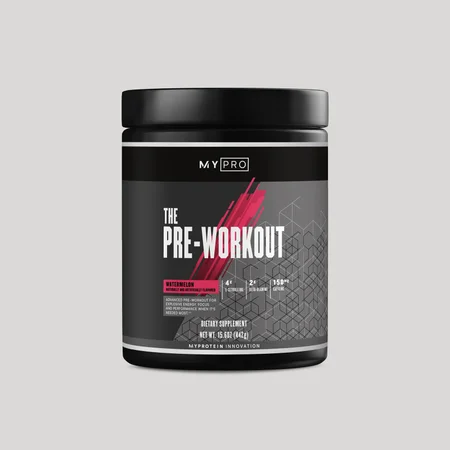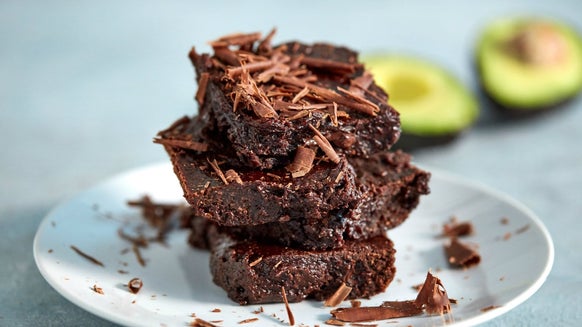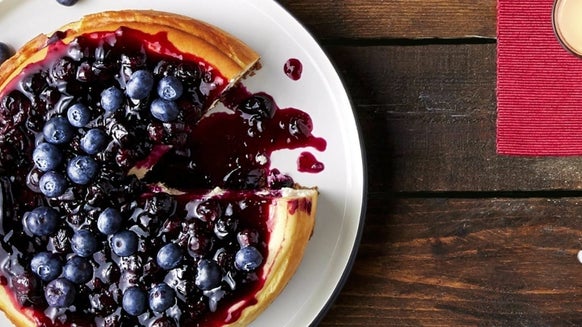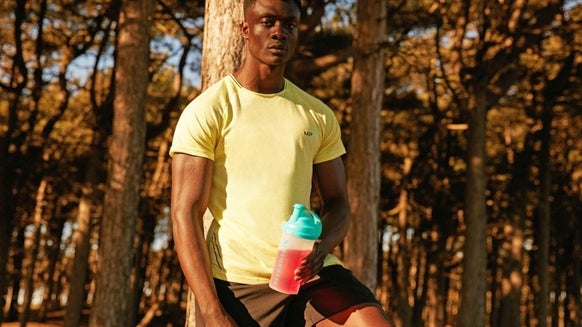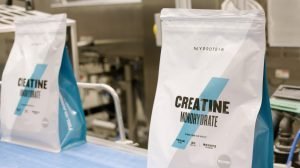
People love to hear about creatine. What it is, how it works, how it’s made. So it’s time to give the people what they want.
For the past few months, we’ve been working on In The Lab, a YouTube series giving you a behind-the-scenes look into how we make our most popular products. We’ve already shown you how we make our Impact Whey Protein. Now we’re showing you what goes into making our Creatine Monohydrate.
As Myprotein product developer Paul Smith-Johnson explains, creatine is a naturally occurring molecule created by the kidneys and stored in our muscles. We can get it in our diets through animal products, but it’s near impossible to consume enough this way for it to have an effect on athletic performance.
You don’t need to take our word for it. Creatine is one of the most well-researched supplements on the market, with around 1,000 peer-reviewed studies out there to back it up.
Anyway, the moment you've all been waiting for … how do we make it?
The first process involves a specialist lab and two key ingredients: sodium sarcosinate and cyanamide.
Sodium sarcosinate is like salt but is slightly sweet in taste. Cyanamide is a white solid. You likely encounter it a couple of times a day as it’s commonly found in toothpaste.
These two ingredients are heated and pressurised in a large reaction vessel. This creates a liquid we then cool and set to become crystalline creatine. This is then purified by centrifuge, which spins out any impurities. The pure liquid is then vacuum dried and milled into a fine powder, making it easier to dissolve in water. Then it’s tested to make sure it meets purity requirements.
At our factory, the fine creatine powder is transferred from the raw warehouse to the weight room for the final stages of the process. Every batch of creatine we make uses several 200lbs of raw material, and next to none of it goes to waste.
Unlike other products, there is no blending required so we can deposit the creatine straight into the IBC and then to the packaging line where the product is sieved and deposited into our signature pouches. The product is sealed, x-rayed, scanned for quality assurance and shipped out to the warehouse ready to be sent to customers.
It's simple, really.
Take home message
Well, now you know where your creatine comes from. To find out how some of our other most popular products are made, check out the Myprotein YouTube channel. Like I said, the elves are always hard at work.
FIND MORE ABOUT CREATINE HERE:
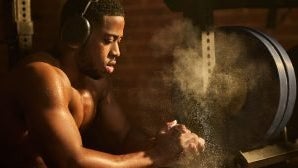
Guide To Pre-Workout | What Is It? When To Take it?
It's time to re-energize your exercise routine....
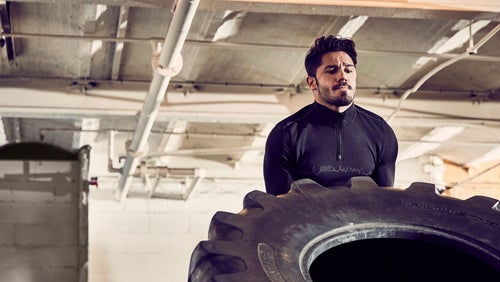
4 Best Supplements For Recovery & Extra Gains

